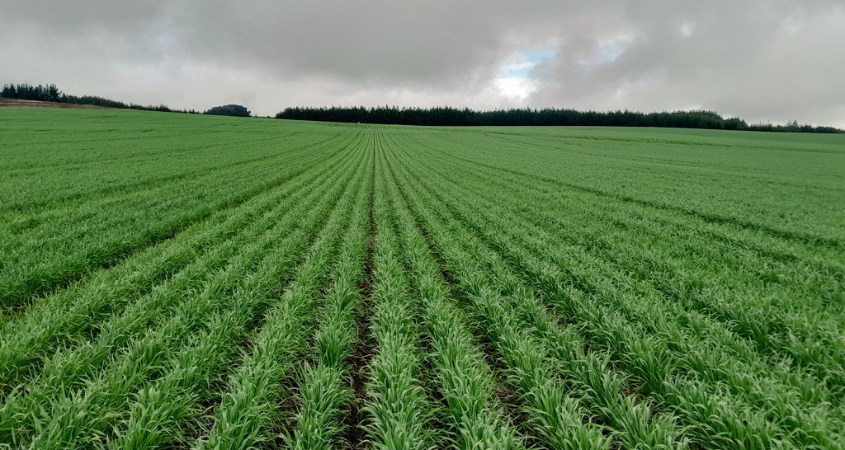
You have chosen your favourite variety, prepared the soil and are ready to plant. Hopefully you have examined the soil structure and taken action to remedy any compaction or structural issues, now you just need to load the planter with seed…. and fertiliser. One of the most important things you can do is take a […]
Read More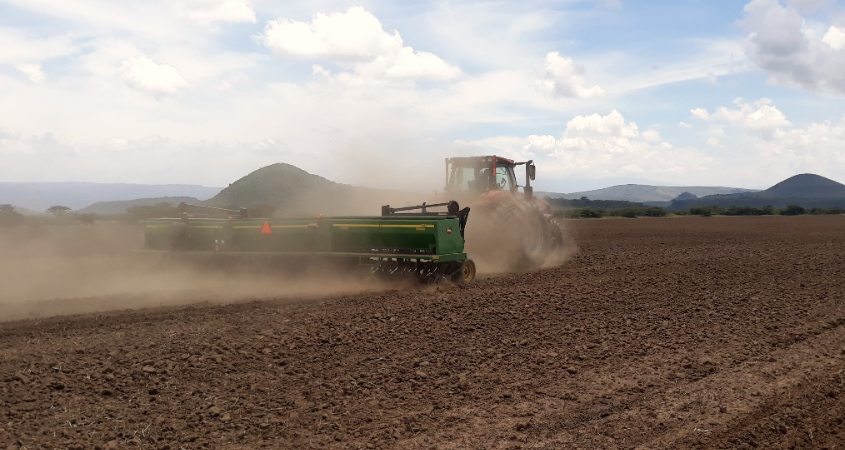
As we look ahead to the planting season, land preparation is already underway. We run through some pointers on what to look for when preparing fields, to make sure that you give your crops the best chance this year. Number one for me is always dig a hole. This allows you to not only examine […]
Read More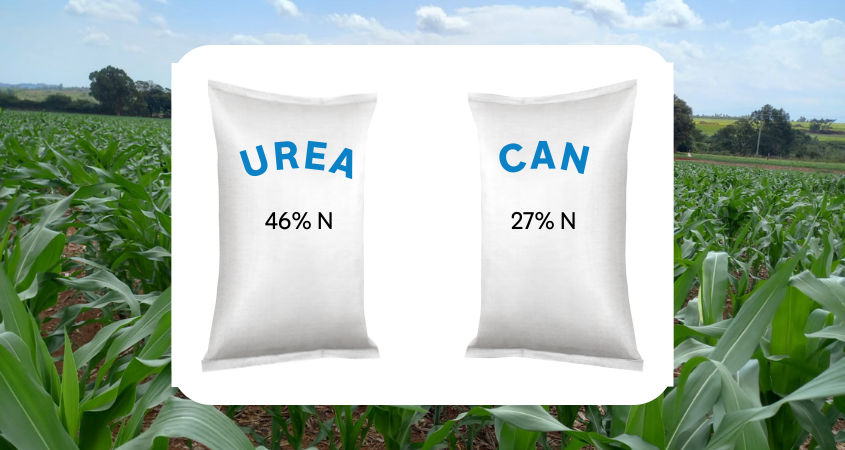
In the realm of top-dressing fertilizers, the choice between Urea and Calcium Ammonium Nitrate (CAN) is a decision that demands careful consideration. Let’s explore the advantages and disadvantages of each: 1. Urea Advantages: a) Cost-Efficiency: Urea often stands out as a cost-effective option, providing nitrogen at a relatively lower price. Has economic viability, especially for […]
Read More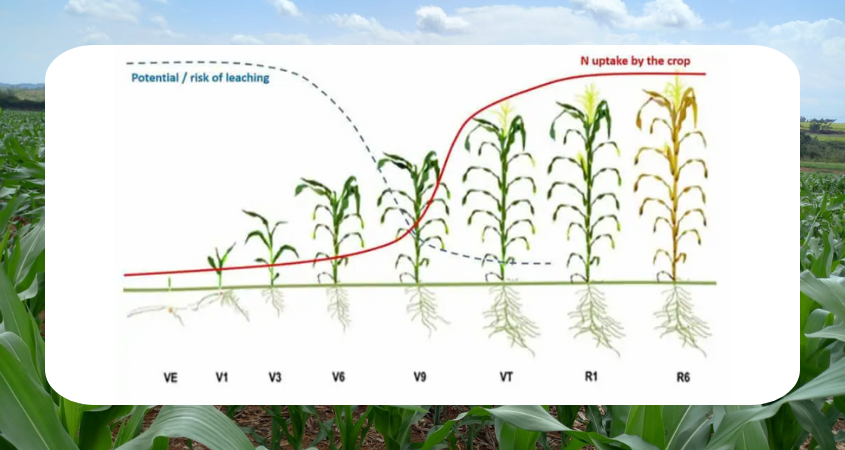
Nitrogen application at various growth stages is crucial for farmers and agronomists aiming to optimise maize crop performance. Let’s delve into the dynamics of nitrogen topdressing application and its profound effects on crop health and yield. 1️⃣ Foundational Stages: V1 to V3 The crop emerges during the V1 stage, setting the stage for growth. At […]
Read More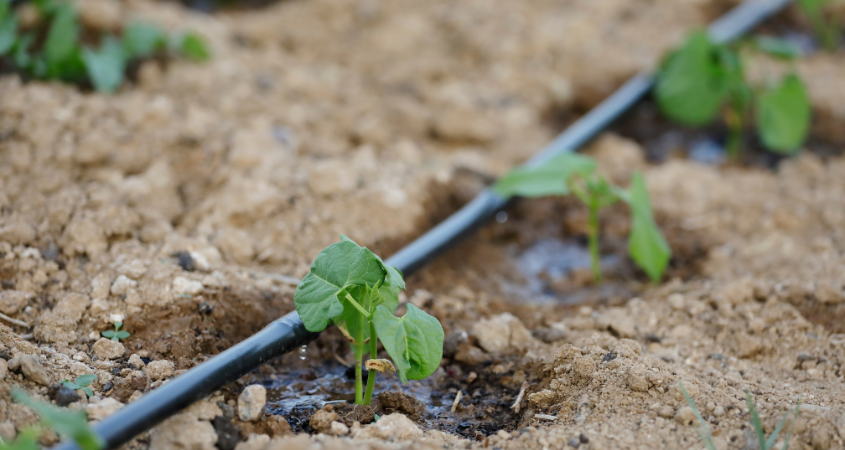
Sustainable water use in agriculture is a critical component of responsible farming practices that aim to balance the needs of crop production with the preservation of water resources. Let’s explore the key facets of sustainable water management in the agricultural context. 1. Optimizing Water Efficiency Modern irrigation techniques such as drip irrigation and precision irrigation […]
Read More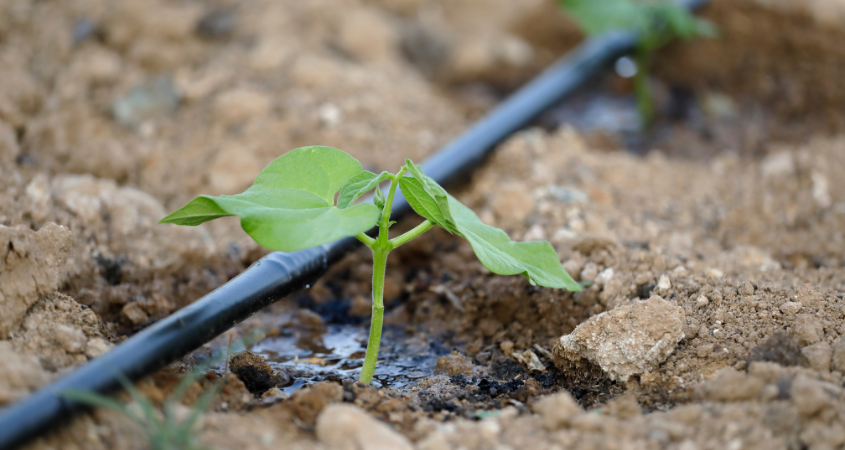
In agricultural operations, the influence of irrigation water quality on crop health is a pivotal yet frequently underestimated factor. Let’s delve into the symbiotic relationship between water quality and crop vitality in the realm of irrigation management. 1. Water as a Lifeline for Crops Water is the lifeblood of crops, nurturing the plant’s germination, growth, […]
Read More
The topography, or physical features of the land, encompasses its contours, slopes, and overall structure. Maize crops, sensitive to their environment, respond dynamically to these features. Understanding the lay of the land is crucial to the planting and growth of maize. In today’s post let’s delve into the crucial aspects of topography in maize crops: […]
Read More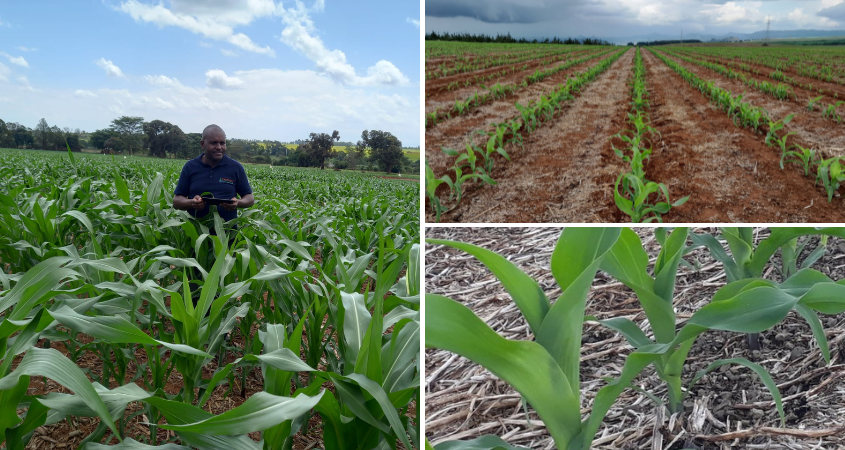
Embarking on the journey of maize cultivation requires a strategic approach, with proper land preparation standing as the compass guiding farmers to success. In today’s post, let’s explore the key stages involved in maize land preparation: 1. Consider Topography Examining topography becomes a crucial stage, guiding farmers to identify potential hurdles such as water drainage […]
Read More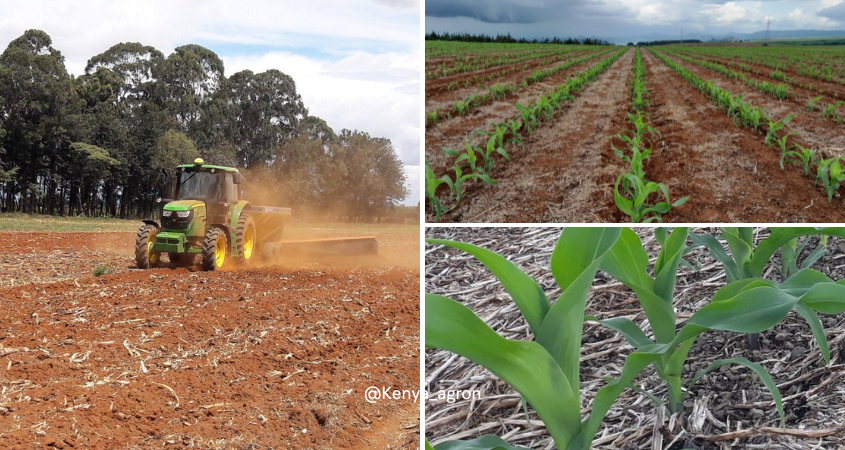
Proper land preparation for maize is more than a preparatory step; it forms the very foundation of a successful maize crop. The condition of the soil directly influences maize growth, impacting both quality and yield. Let’s delve into the crucial contributions of meticulous land preparation to the success of the maize crop. 1. Enhanced Soil […]
Read More
Growing a healthy and high-yielding commercial variety sugarcane crop requires a well-designed fertilizer program that addresses the crop’s changing nutrient needs throughout its various growth stages. Let’s delve into the essential fertilizer management strategy for your sugarcane cultivation: 1️⃣ Soil Testing and Pre-Planting Preparation Begin by conducting a comprehensive soil test before planting. Analyze nutrient […]
Read More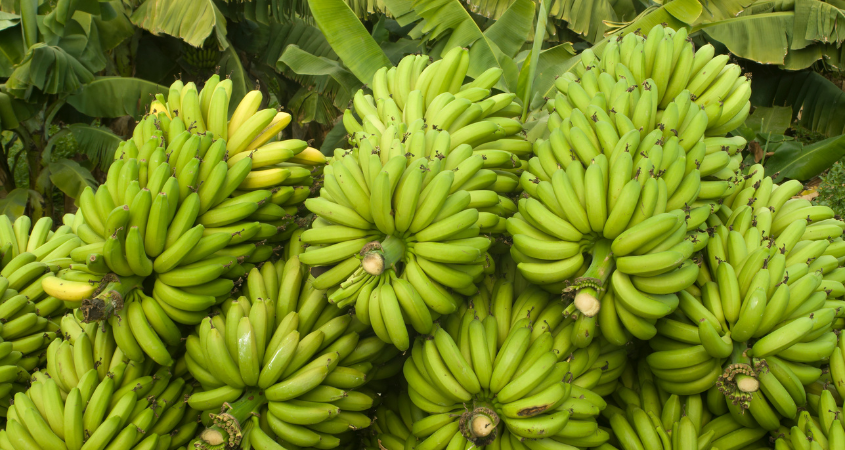
Growing healthy and high-yielding bananas requires a well-planned fertilizer program that addresses the crop’s changing nutrient needs throughout its growth stages. Here’s a guide to optimizing your banana fertilization strategy: 1️⃣ Planting and Establishment Start with a soil test before planting to assess nutrient levels. Prepare the soil by incorporating organic matter and essential nutrients. […]
Read More
Are you looking to optimize your Irish potato crop’s growth and yield potential? Tailoring your fertilizer program to meet the crop’s changing nutrient needs throughout its growth stages is the key to success. Let’s explore a comprehensive fertilizer program to maximize your Irish potato harvest: 1️⃣ Pre-Planting Stage Start with a soil test before planting […]
Read More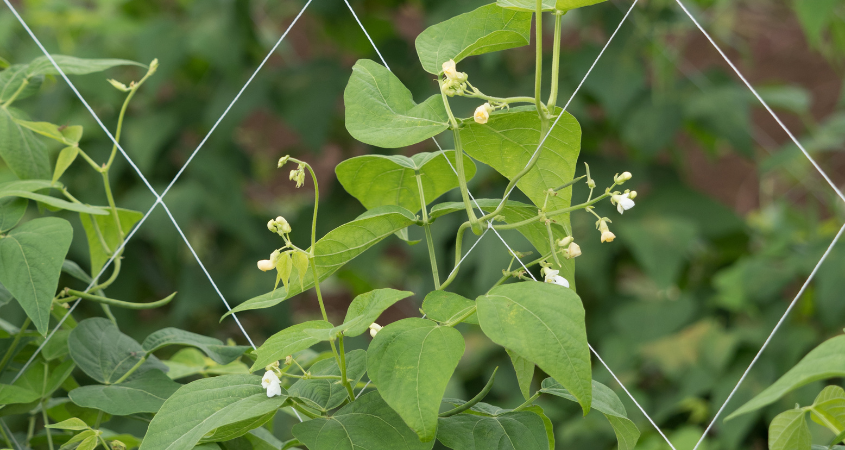
Growing healthy and productive common beans requires a tailored fertilizer program that meets the crop’s specific nutrient needs throughout its growth stages. Let’s explore a comprehensive approach to optimize your common bean fertilization strategy: 1️⃣ Pre-Planting & Planting Stage Begin with a soil test to assess nutrient levels. Amend the soil with organic matter and […]
Read More
Investing in soil health is not just a commitment to environmental sustainability but also a wise economic decision with far-reaching benefits. Here’s a look at how investing in soil health can lead to economic prosperity: 1. Increased Agricultural Productivity Healthy soils translate to increased agricultural productivity. Well-balanced soil nutrient levels, improved soil structure, and a […]
Read More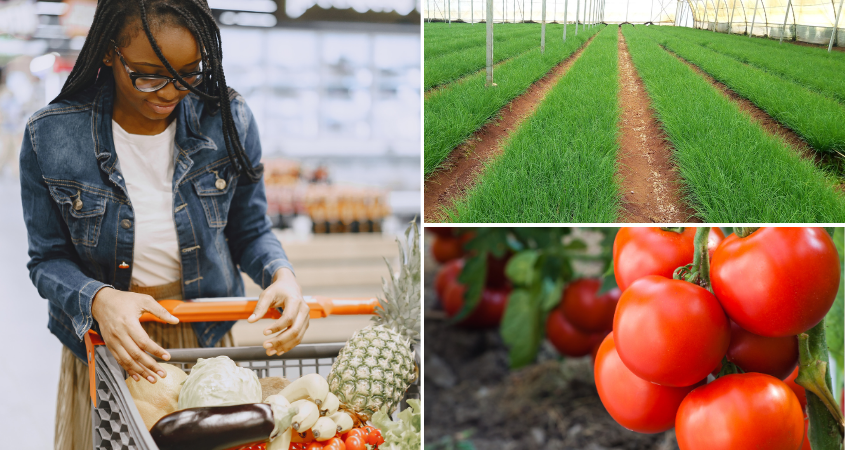
The journey from soil to table is a fundamental aspect of food production, and the health of this journey begins with the very soil in which crops grow. Here’s a closer look at how healthy soil directly contributes to the production of nutritious food: 1. Nutrient-Rich Foundation Healthy soil serves as the foundation for growing […]
Read More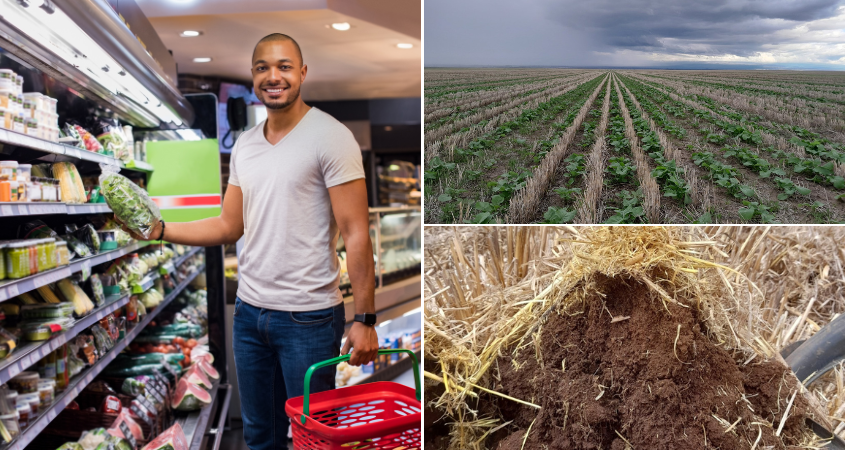
There’s strong evidence linking the health of our soils with the overall human health. Healthy soils play a pivotal role in the production of crops that contribute to the nutritional well-being of individuals. This link between soil health and human health can be understood through several key aspects: Nutrient-Dense Crops: Healthy soils, rich in organic […]
Read More
Balancing the need for high crop yields with environmental sustainability is a core concern for modern agriculture. Sustainable fertilizer practices aim to maximize crop production while minimizing the negative environmental impact. Here are key points to consider when assessing the environmental impact of fertilizers: 1. Nutrient Runoff Excess nutrients, primarily nitrogen and phosphorus, can leach […]
Read More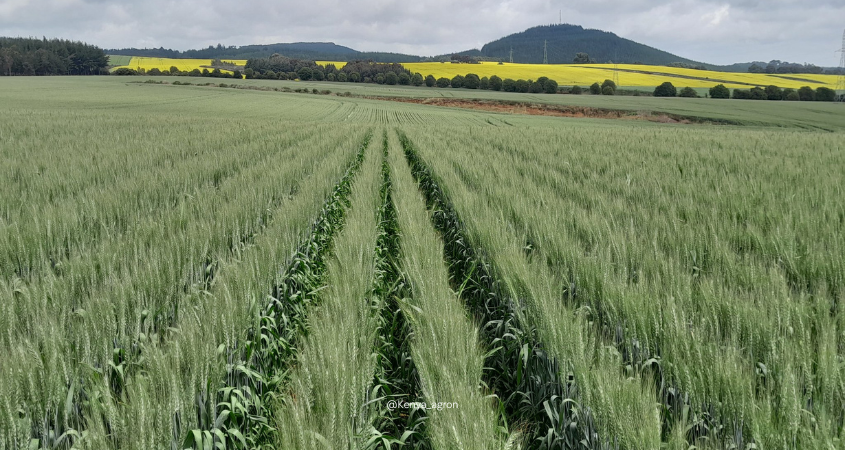
Soil health goes beyond mere nutrient levels; it encapsulates the holistic well-being of our soil. It is the sum of its physical, chemical, and biological components working synergistically to create a fertile ground for plant growth. At the heart of this concept lies the profound realization that healthy soils are not just the foundation of […]
Read More
Sustainable soil nutrient management is at the core of environmentally conscious and economically viable agriculture. It involves practices that optimize nutrient use efficiency, minimize environmental impact, and promote long-term soil health. Here are key sustainable practices for managing soil nutrients Organic Matter Addition Increasing soil organic matter content is a foundational practice for sustainable nutrient […]
Read More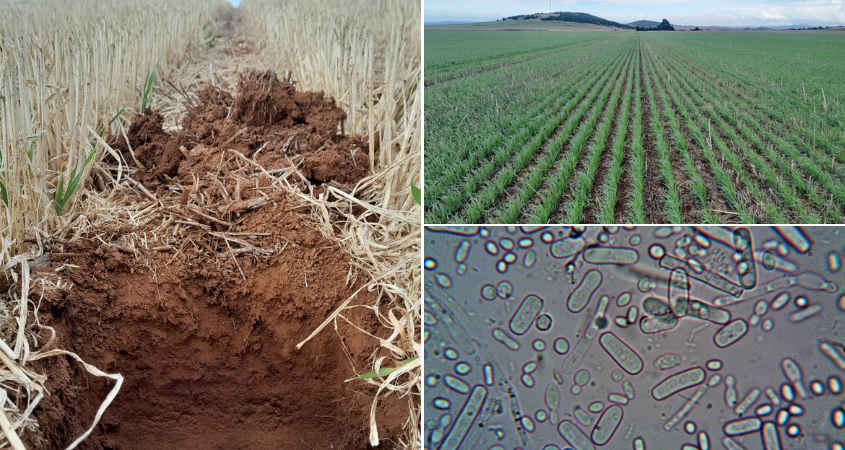
Microorganisms in the soil serve as the unseen heroes of nutrient dynamics, shaping soil fertility and plant health. Their diverse activities drive nutrient cycling, organic matter decomposition, and pathogen suppression, creating a thriving environment for plants. Let’s delve into how soil microorganisms boost nutrient availability: 1️⃣ Decomposition of Organic Matter Microorganisms, particularly bacteria and fungi, […]
Read More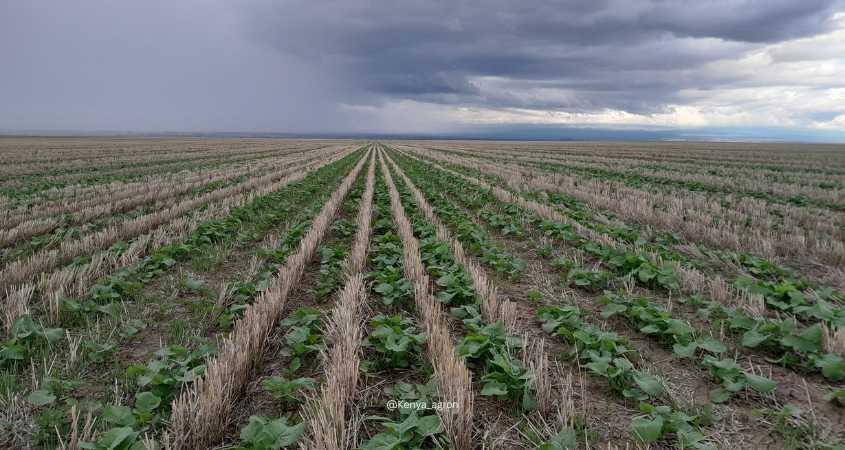
Effective nutrient management is crucial for optimising crop growth and achieving high yields. It involves understanding the nutrient requirements of crops, maintaining soil nutrient balance, and employing sustainable practices to enhance nutrient availability. Here are some key insights into nutrient management: 1️⃣ Soil Testing Before embarking on nutrient management, soil testing is essential. This process […]
Read More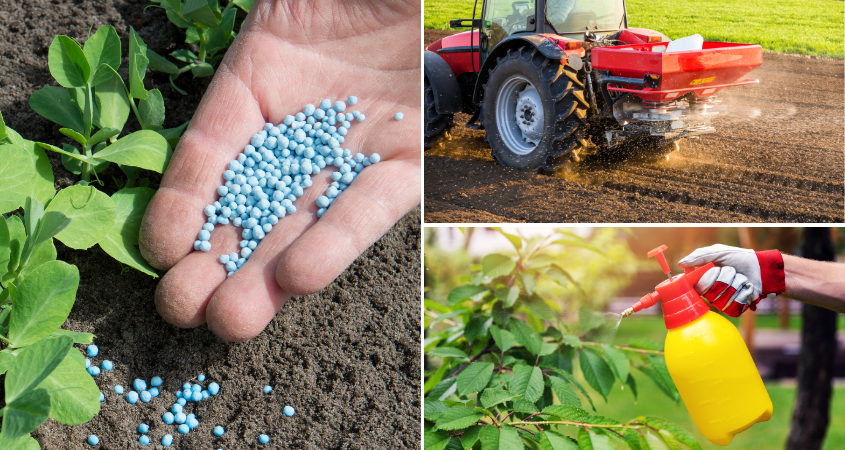
Effective fertilizer application is a critical aspect of soil and crop management. Understanding different techniques for applying fertilizers can significantly impact nutrient distribution, crop growth, and environmental sustainability. Here are key points to consider when discussing fertilizer application techniques: Broadcasting: Broadcasting involves uniformly spreading dry or granular fertilizers across the entire field’s surface. This technique […]
Read More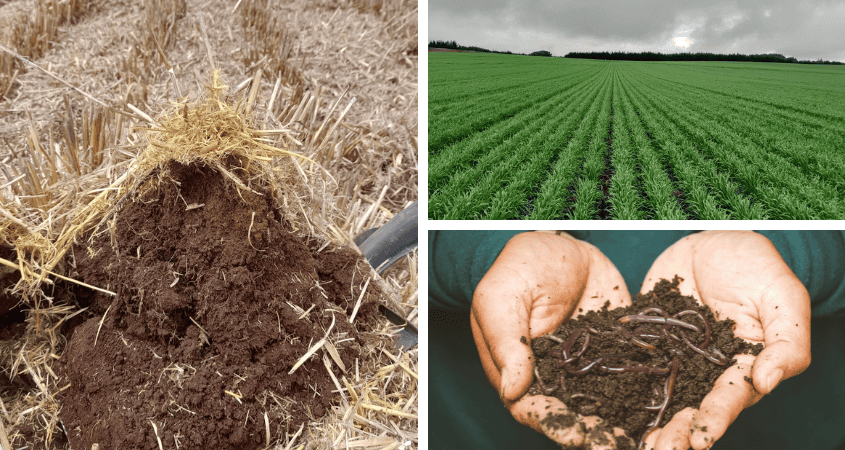
The biological, chemical, and physical aspects of soil health are fundamental to modern agriculture, collectively forming the foundation for efficient and sustainable crop production. Today, let’s dive into the biological aspects of soil health and their vital contributions to agricultural sustainability: 1️⃣ Soil Microorganisms A healthy soil ecosystem teems with diverse microorganisms, including bacteria, fungi, […]
Read More
The physical, chemical, and biological aspects of soil health are fundamental to efficient modern agriculture, as they collectively form the foundation of a thriving and productive ecosystem. Today, let’s delve into the chemical aspects of soil health, which directly impact the availability and uptake of essential elements vital for plant health and productivity: 1️⃣ Soil […]
Read More
Physical aspects of soil health create a soil environment where plants roots flourish, water is conserved and erosion is minimised. The soil’s physical properties include: 1️⃣ Soil Texture Soil texture, defined by the proportions of sand, silt, and clay, significantly impacts water retention, drainage, and nutrient availability. Assessing soil texture provides crucial insights into the […]
Read More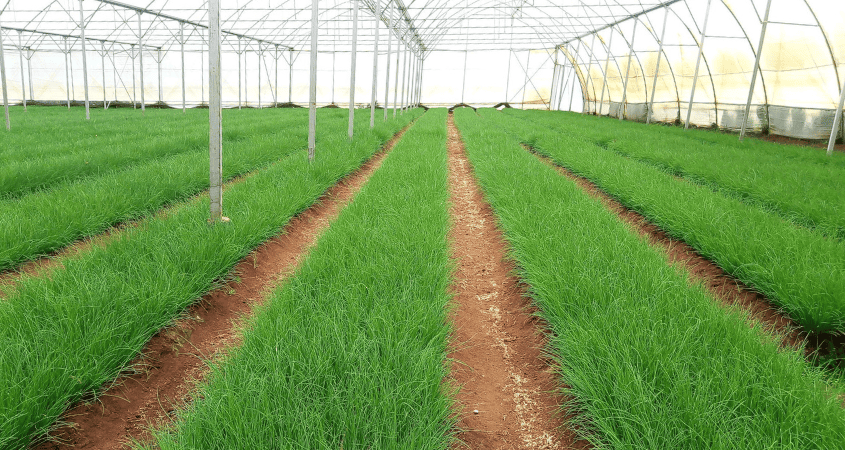
Soil pH is a critical factor that influences the availability of nutrients to plants. Understanding the relationship between soil pH and nutrient availability is essential for effective fertilisation. Here are the key points to consider when assessing soil pH and its impact on nutrient availability: 1️⃣ Soil pH Defined SSoil pH measures the soil’s acidity […]
Read More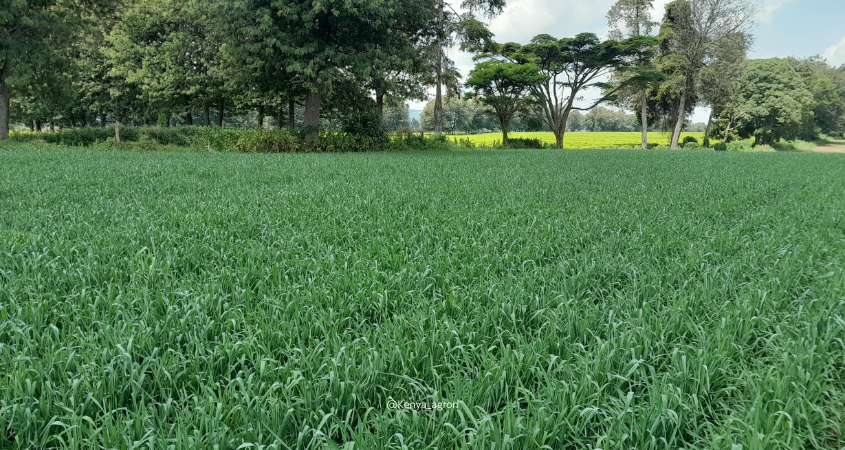
When creating a comprehensive soil testing, leaf testing, and fertilizer program for wheat, it’s essential to consider the following crucial growth stages of the crop: 1️⃣ Pre-Planting Stage: Begin with a thorough soil test before planting wheat to assess the soil’s nutrient levels, organic matter levels, and pH. This stage helps identify any nutrient deficiencies […]
Read More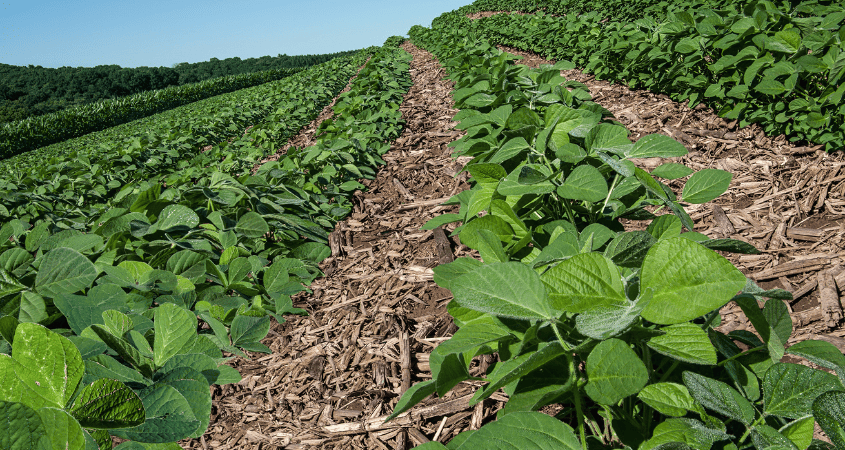
When growing soybeans, it’s crucial to tailor your fertilizer program to meet the crop’s changing nutrient needs throughout its growth stages. Let’s dive into the six crucial growth stages and how to optimize your soybean fertilization strategy for each: 1️⃣ Pre-Planting Stage: Set the stage for success by starting with a soil test before planting […]
Read More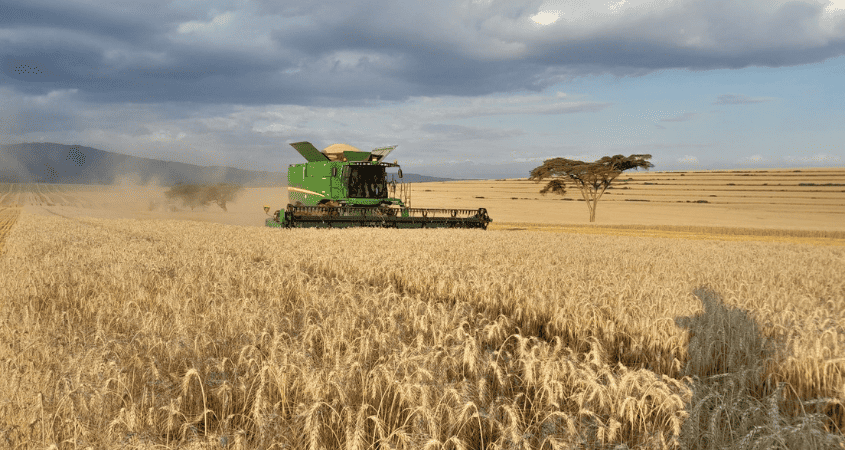
The arrival of a new fungicide that has passed ever-stricter safety and environmental scrutiny, and improves the standard of disease control in crops is always big news. Newly launched fungicide Elatus Arc from Syngenta appears at a time when registering new chemistry is becoming increasingly challenging globally, and resistance to fungicides is developing at an […]
Read More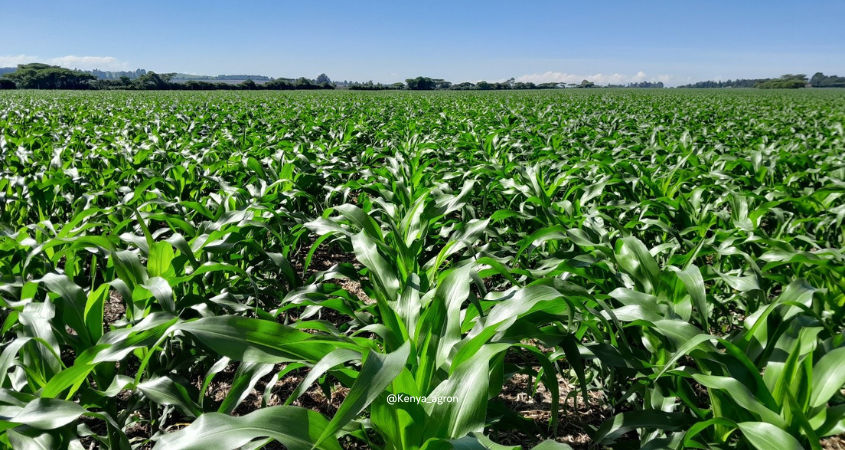
Phosphorus (P) is a crucial nutrient for plant growth and is essential for many biological processes. Effective phosphorus management is critical for cultivating healthy, high-yield crops. Here’s an overview of key aspects related to phosphorus management: Phosphorus Sources Phosphorus can be sourced from various fertilisers, such as single superphosphate (SSP), triple superphosphate (TSP), and diammonium […]
Read More
Nitrogen (N) is a vital nutrient for plant growth, and effective nitrogen management is essential for achieving healthy, high-yield crops. Here’s an overview of key aspects related to nitrogen management: 1️⃣ Sources of Nitrogen Nitrogen can be sourced from synthetic fertilisers, including ammonium nitrate, urea, and ammonium sulphate. Organic matter in the soil, such as […]
Read More
Understanding the “Big Three” nutrients – Nitrogen, Phosphorus, and Potassium (NPK) – is essential for effective fertilizer management in agriculture. These primary macronutrients play a crucial role in plant growth and development. Here’s a deeper look at each of them: Nitrogen (N): Function: Nitrogen is primarily responsible for leafy, green vegetative growth. It’s a fundamental […]
Read More
Maize silage is possibly the number one choice for high-yielding dairy cows, with high energy content and high intakes. But what makes a good forage maize variety? After six trials we have found large and consistent differences in yield and feed quality between various hybrids, which should help farmers choose more suitable varieties for high-performing […]
Read More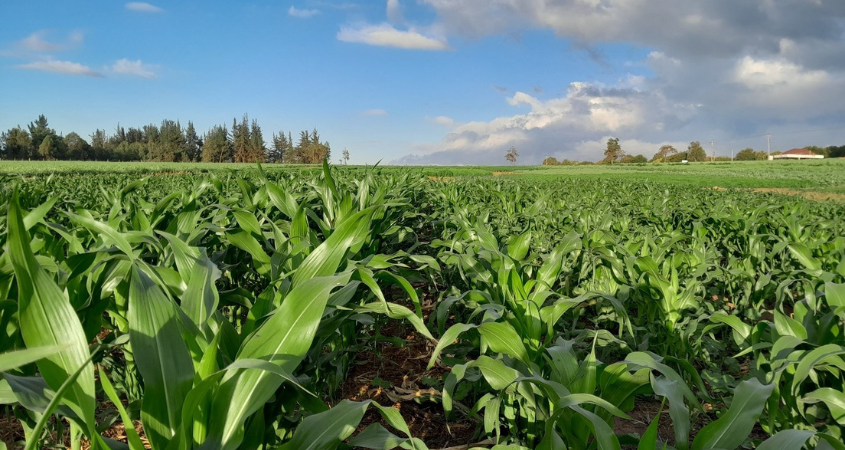
Every time I attend a talk, watch a video, or read an article on crop nutrition, the moment I hear the words “Nutrient X is important for [pollen formation / photosynthesis / insert any other process in the plant]”, I switch off. Whilst it is entirely true that different nutrients perform very different functions within […]
Read More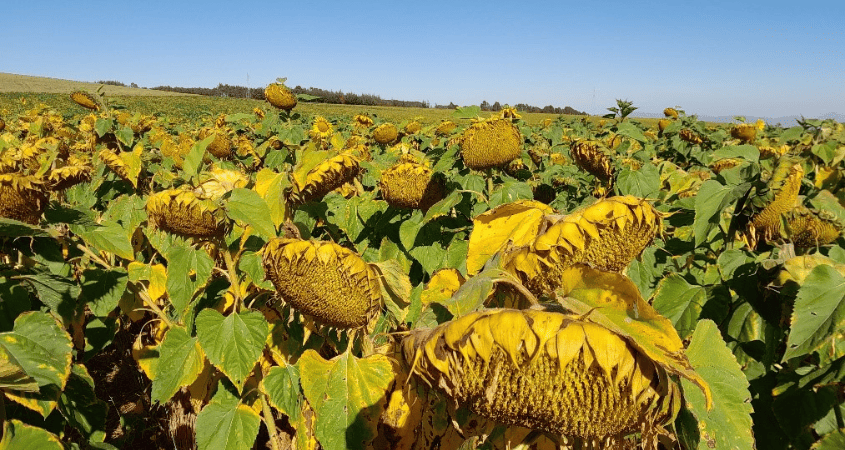
Cash flow, an opportunity to make a bit of profit, improve the soil, and to try out new crops in a lower-risk situation. It may seem a long way off, but these are the reasons why some of the very progressive farmers I work with use off-season crops after maize or wheat. For most farmers […]
Read More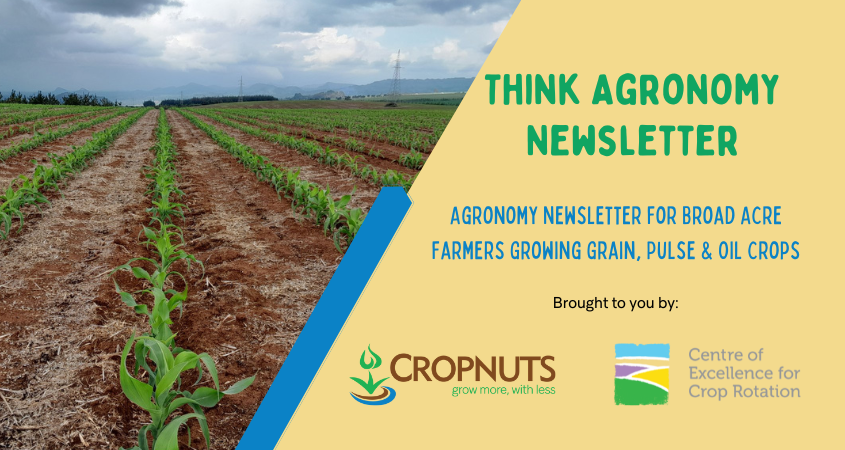
For five years we have tested maize plant populations, and every year we find that the existing advice to plant at 45-50,000 plants/ha does not produce the highest yields or the highest margin – or the best weed control. It is very clear that maize plant populations across the country need a fundamental re-think, and […]
Read More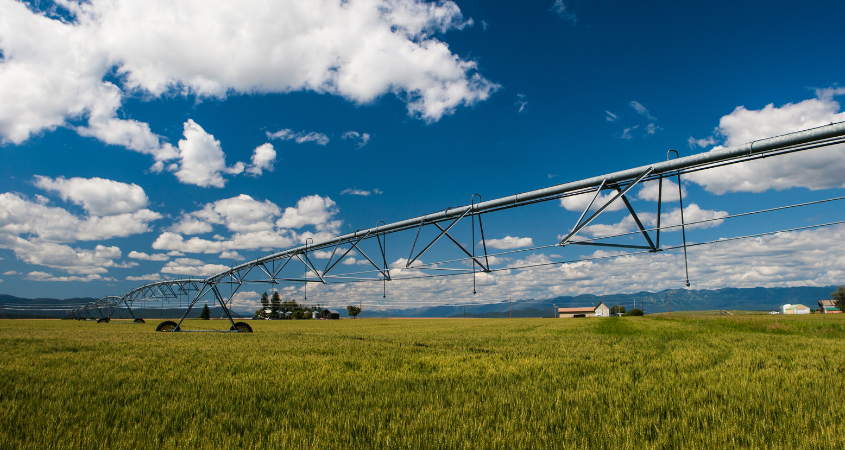
I hope this article finds you well. As we wind up on the planting of the irrigated wheat crops, I wanted to highlight the significance of leaf sampling for maximizing our crop performance and share valuable insights on this essential practice. Leaf sampling is a valuable tool for irrigated wheat production, enabling growers to assess […]
Read More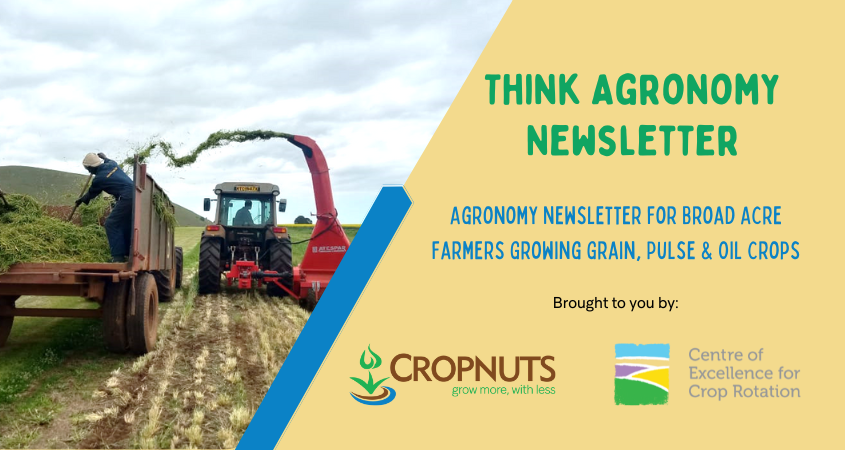
Maize silage Easy to establish and reliable, maize produces a very palatable and high-energy silage provided that it is well chopped and ensiled properly. Typically over 11 Mj of metabolisable energy per kilo, it is a great way of storing crop to feed for livestock later. The main drawbacks are that it needs to be […]
Read More
I. Introduction Maize is an important crop in many parts of the world, and its success largely depends on proper land preparation. To achieve optimal maize yields, farmers need to know the essential techniques for preparing their land before planting. This article will cover the various stages involved in maize land preparation, from soil analysis […]
Read More
In many places of the world, soil acidity is a substantial constraint to soil productivity. Sodium, aluminum, manganese, and hydrogen ion toxicity, as well as deficits in critical elements such as nitrogen, calcium, magnesium, phosphorus, and molybdenum, all contribute to plant growth suppression. Agricultural management practices have increased shifts in soil pH, raising concerns about […]
Read More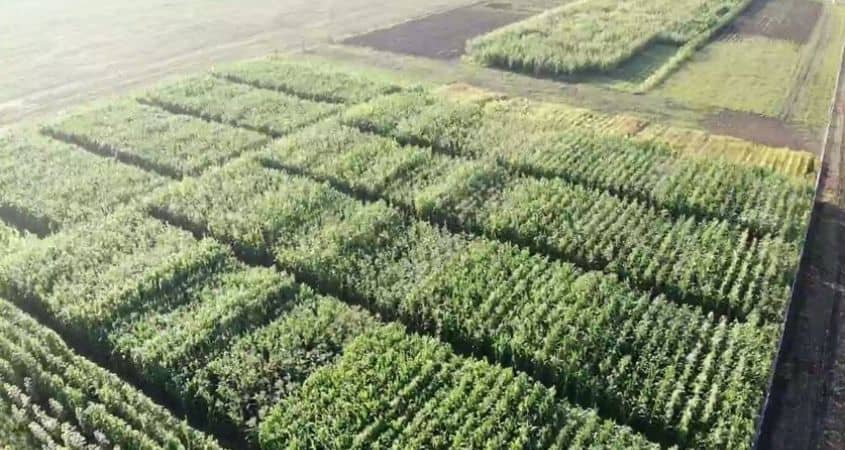
The trials team certainly had high expectations for their Nakuru Maize Variety Trial, but this extraordinary average yield certainly opened their eyes. The Nakuru site is just one of the 8 sites across the country that we’ve test varieties in different climates over the past 12 months. Had we grown the top-yielding variety in this […]
Read More
For the past three seasons growers have been reporting Fall Armyworm in the tips of cobs from silking right through to maturity, with damage at harvest similar to the photo below. Fall Armyworm numbers have clearly been on the decline since they first arrived in 2017, with some exceptions, and this year they appear to […]
Read More
With malting barley plantings down considerably this year, many farmers will be growing extra acres of wheat to make up for the area lost. But what varieties should you grow to manage the risks of a big wheat area? Robin Still yields very well in our trials, and most importantly of all is consistent across […]
Read More
Think Agronomy 15th May 2020 If you set out to collect several hundred Fall Armyworm larvae for an experiment, I can tell you that it is a long task, which seems to take longer each year. Sure, if you look for them they are easy enough to find in fields that have perhaps not received […]
Read More
Soil or land preparation for farming is foundational when growing cereals like maize wheat and barley. In this article we’ll explore the key critical soil requirements for cereal production namely: soil sampling, soil preparation and planting & Deep Nitrogen Testing Soil Sampling Why soil sampling improves profitability How to sample properly Grid vs zone sampling […]
Read More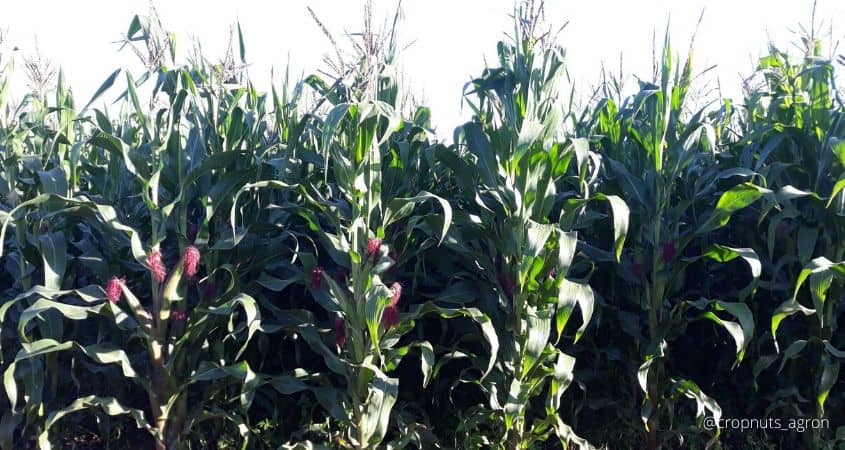
Maize plant population and seed rate comparison data from our maize variety trial sites has been very enlightening. Last week we looked at the results of our Cropnuts Maize Variety Trials in 2019 and highlighted how some maize varieties perform very differently at higher plant populations. Within the Variety Trials last year at every site, […]
Read More
In Kenya, the current population is estimated at 47 million and expected to nearly double to 95 million by 2050. Agriculture in Kenya is a fundamental instrument for sustainable development, poverty eradication, and food security.
Image c/o: pixabay
Read More
Plant nutrition is the study of the chemical elements and compounds necessary for plant growth, plant metabolism and their external supply. Without proper plant nutrition, plants tend to die off or produce little or no yield. In my line of work I visit hundreds of flower farms a year; the flourishing, the ticking over, and the ones in […]
Read More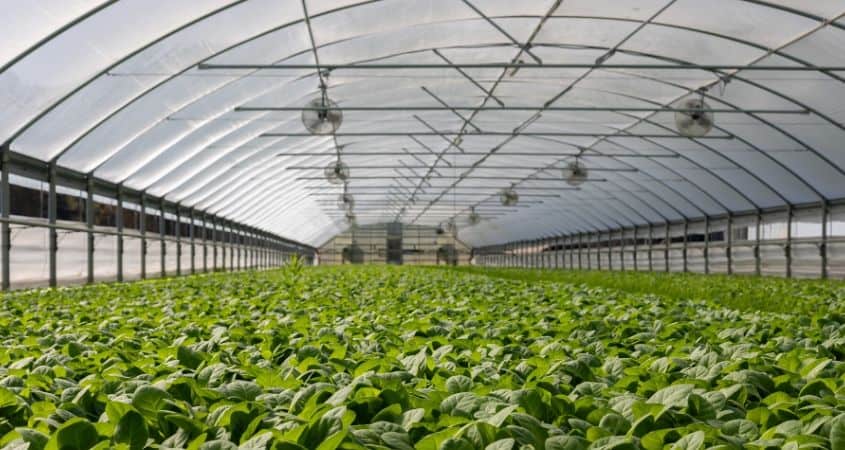
Greenhouse soil crops need more specialized care. When you grow plants out in the open field, your soil has time to rest and regenerate. Not so in the greenhouse, where the climate is much hotter and the soil and plants are working hard all year round. Greenhouse soil temperatures are higher and you need to […]
Read More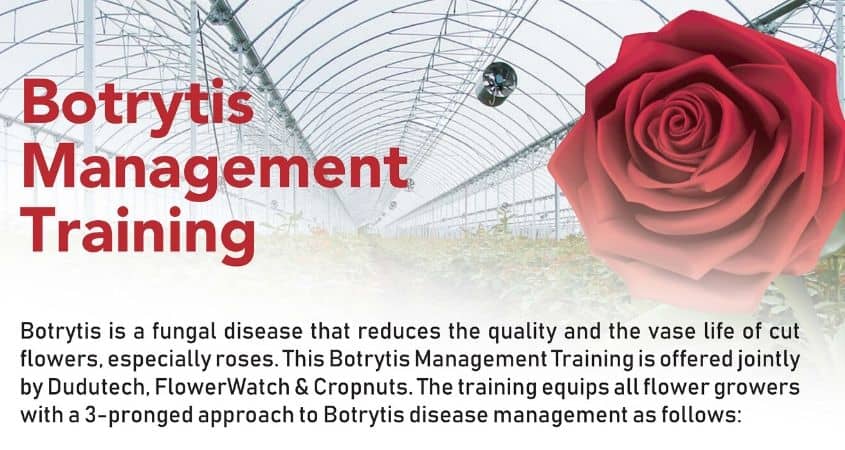
CROPNUTS, Flowerwatch and Dudutech have come together to organize a training on Botrytis Management. The three companies create a good balance to tackle the challenge of Botrytis completely, offering crop nutrition, crop protection and post-harvest disease management strategies. We are keen to address and train farms on how to manage Botrytis. We will have 4 training […]
Read More